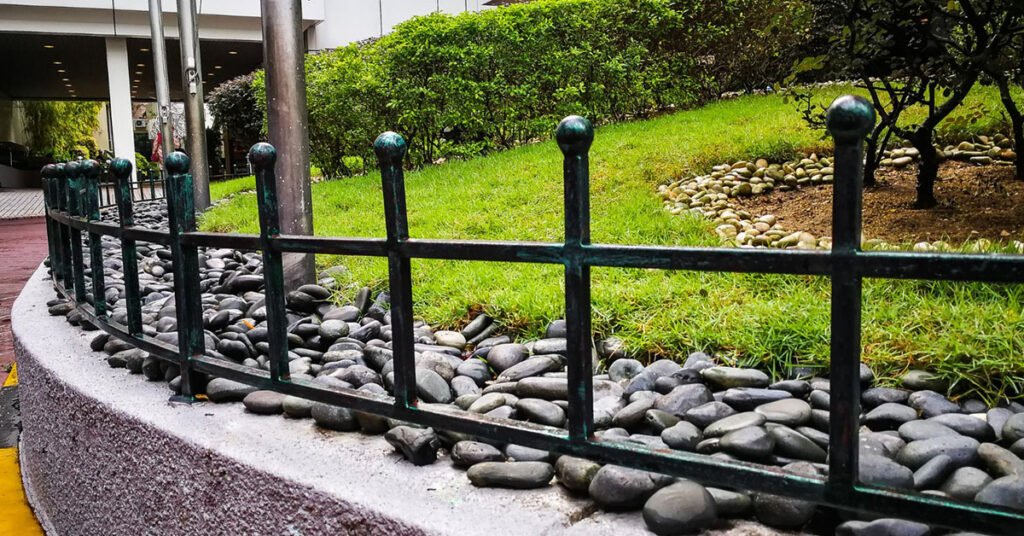Stacking landscaping timbers is a versatile technique used in various outdoor projects, from creating raised garden beds to constructing retaining walls. Proper stacking ensures stability, durability, and aesthetic appeal. Here’s how to stack landscaping timbers effectively for your next outdoor project:
1. Selecting the Right Timbers
Choose landscaping timbers that suit your project’s requirements:
- Material: Opt for treated wood or composite timbers suitable for outdoor use.
- Size: Select timbers of appropriate dimensions based on your project’s design and structural needs.
2. Preparing the Site
Prepare the area where you plan to stack the timbers:
- Clear the ground of debris, rocks, and vegetation.
- Level the ground if necessary to ensure a stable base for stacking.
3. Planning the Layout
Plan the layout and design of your project before stacking the timbers:
- Use graph paper or design software to visualize the structure.
- Determine the height and dimensions of the stack, considering the purpose (e.g., raised beds, retaining walls).
4. Stacking Techniques
Follow these techniques to stack landscaping timbers effectively:
- Interlocking Joints: For stability, interlock timbers by alternating the joints in each layer.
- Leveling: Use a level to ensure each timber is straight and even.
- Anchor Stakes: Drive rebar or timber stakes into the ground behind the stack to secure it, especially for taller structures or retaining walls.
- Backfilling: Fill behind the stacked timbers with gravel or soil to provide additional stability and drainage.
5. Assembly Tips
Assemble the stacked timbers using these tips:
- Start at the Base: Begin stacking timbers at the lowest point of your project.
- Use Fasteners: Secure stacked timbers with timber screws or nails to prevent shifting.
- Cutting: Use a circular saw or handsaw to cut timbers to size for corners or custom lengths.
- Overlap: Overlap joints between timbers to strengthen the structure and prevent separation over time.
6. Finishing Touches
Complete the stacking process with finishing touches:
- Capstones: Install capstones or flat timbers on top for a polished look and additional stability.
- Sealing (if applicable): Consider applying a wood sealant or preservative to extend the lifespan of the timbers, especially if they are untreated.
7. Maintenance
Maintain your stacked landscaping timbers for longevity:
- Inspect regularly for signs of wear, rot, or shifting.
- Replace damaged timbers promptly to prevent structural issues.
Benefits of Stacking Landscaping Timbers
- Versatility: Suitable for a wide range of outdoor projects, from garden beds to decorative walls.
- Durability: Treated timbers can withstand outdoor elements for years with proper maintenance.
- Aesthetic Appeal: Enhances the appearance of your landscape while providing functional benefits.
By following these steps and techniques, you can confidently stack landscaping timbers for your outdoor projects, ensuring durability, stability, and aesthetic appeal.
Read More: How to Use Landscape Fabric in Garden
Conclusion
Stacking landscaping timbers is a practical and versatile technique that enhances outdoor spaces with functional and aesthetic benefits. Whether you’re creating raised garden beds, building retaining walls, or constructing decorative features, proper planning, preparation, and assembly are key to achieving successful results.



